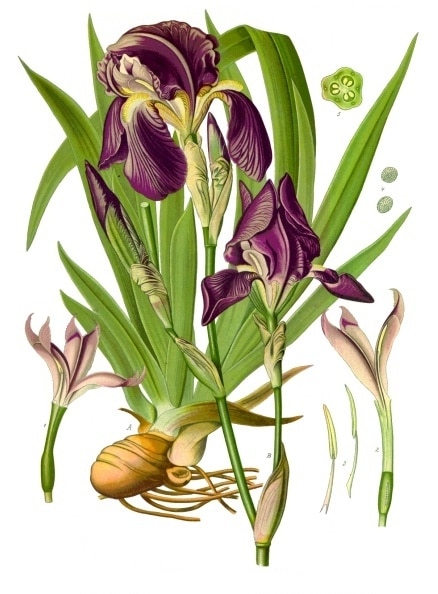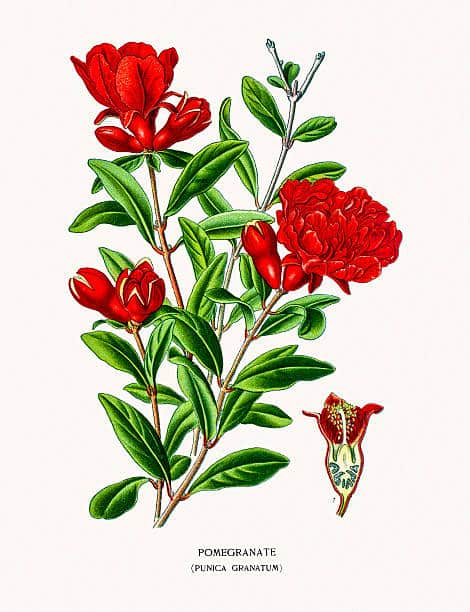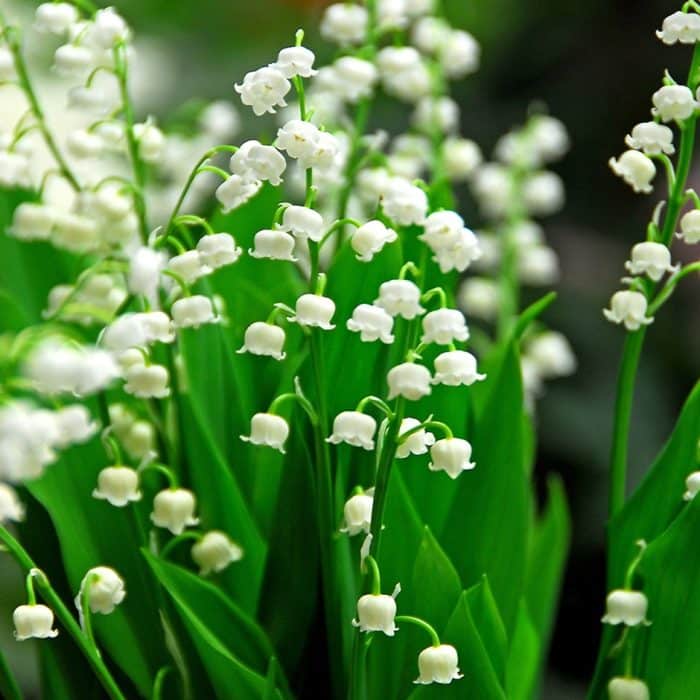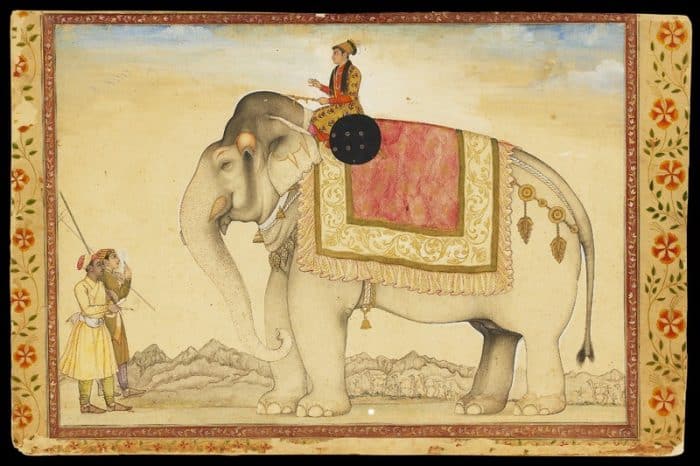Orris – Traditional Uses and History
ORRIS ROOT ( Iris florentina ) Orris Root (#Iris germanica, Iris florentina, and Iris pattida) is a perennial plant with sword-shaped leaves and highly scented, pale blue flowers. The fleshy rootstock (rhizomes) grow just below and along the ground. The rhizomes are dug up in August and freed of the rootlets and brown outer bark, and then they are dried. The whole dried Orris Root is incredibly hard and doesn’t always have a strong aroma until shaved or grated. Ours is quite aromatic.Rather than attempt to grind it yourself – It will ruin your grinder, if you are using Orris...
Red Poppy Petals – Papaver rhoeas – Traditional Herbal Uses
Papaver rhoeas from which Red Poppy Petals are obtained are also called the Common Poppy, Corn Poppy, Corn Rose, Field Poppy Flanders Poppy or just Red Poppy is an annual herbaceous species of flowering plant in the poppy family, Papaveraceae. This poppy is commonly thought ofas an agricultural weed (hence the common names including “corn” and “field”) but after World War I, The Great War, as a symbol of armistice and remembrance (but not in all countries) Traditional Uses for Red Poppy Petals:- The flowers of the corn poppy have a very long tradition of medicinal usage, especially for ailments...
Pomegranate Flowers – Punica granatum – Traditional Herbal Uses
Pomegranate Flowers (Punica granatum) can have a beneficial effect for overall general health. The tree will bloom abundantly although little blossom will set fruit in cooler climes and blossom fall is common, however the flowers are generally sun dried and then the blossoms can used to make a herbal tea. A tea made from the flowers is generally believed to be beneficial for specific cardiac health, to reduce the symptoms of diabetes and good for general health. The flowers have astringent effects and can be used to help prevent acne. A toner or face pack made using the flowers is...
Lily of the Valley Herb – Convallaria majalis – Traditional Herbal Uses
Lily of the Valley (Convallaria majalis) is a deliciously and sweetly scented but highly toxic woodland (therefore partial shade loving) flowering plant. It is a native throughout the cool and temperate Northern Hemiphere in Asia, and Europe. all plant parts are toxic including the red berries that it sometimes forms after flowering It is also know as May lily, May bells, and Muguet (in French) and in Christian folklore, as Our Lady’s tears or Mary’s tears Lily of the Valley Leaves Uses:- It is primarily used to treat the heart. It is a cardiovascular herbal remedy which has been known...
What is an Attar?
The word Attar is derived from the Hindu/Urdu word Ittar which in turn derives from the similar Persian word for Perfume, Itar, and is an essential oil derived from botanical sources usually blended with a wood oil like, but not always, Sandalwood. Most commonly these oils are extracted via hydro or steam distillation. They can also be expressed by chemical means but generally natural perfumes which qualify as Attars are distilled with water. The term is mostly used in the Middle East and India nowadays instead of the term essential oils but historically an Attar was very different. Attar oils...
AMBERGRIS – What is it? – you’d be surprised
We've noticed so many people searching for Ambergris essential oil on our website and as no such thing exists (although there are very good extracts and synthetics) it occurred to us to explain exactly what it is and why it is now almost entirely a synthetically made material used in perfumery as a fixative ( a substance that makes the perfume long lasting and "fixes" it ) as, with the exception of a few countries, it is largely illegal to trade in natural Ambergris. Firstly it is not a plant. It is a gastric bi product from the Sperm...





